Black Wall Street, the name fittingly given to one of the most affluent all-Black communities in America, was bombed from the air and burned to the ground by mobs of envious Whites. In a period spanning fewer than 12 hours, a once thriving Black business district in northern Tulsa lay smoldering – a model community destroyed and a major African-American economic movement resoundingly defused.
The night’s carnage left some 3,000 African Americans dead and over 600 successful businesses lost. Among these were 21 churches, 21 restaurants, 30 grocery stores and two movie theaters, plus a hospital, a bank, a post office, libraries, schools, law offices, a half dozen private airplanes and even a bus system.
The best description of Black Wall Street, or Little Africa as it was also known, would be to compare it to a mini Beverly Hills. It was the golden door of the Black community during the early 1900s, and it proved that African Americans could create a successful infrastructure. That’s what Black Wall Street was all about.
Since the State Of Oklahoma has tried really hard to erase the story of Black Wall Street, then chances are they don’t want you to know about Guthrie’s rich black history, or the 50-plus all-black communities that sprang up after the Land Run, or even the roots of the Deep Deuce area in Oklahoma City.
Here are 5 little-known facts about Oklahoma’s black history you should know about.

Though not many of these towns exist today, they were a major part of Oklahoma during its most formative years.
NO. 4 – THE BLACK THEATER OF ARDMORE

Ardmore is the home to one of the first all-black theaters, built during the time of segregation so blacks in the community who were barred from patronizing whites-only theaters could enjoy entertainment.
The city had a pretty healthy black community at the time, as more than 2,000 blacks created their own business district out of necessity.
The building still stands today but hasn’t been a theater since 1944. It is currently a church, and is listed in the National Register of Historic Places.
NO. 3 – DEEP DEUCE
Black culture made Deep Deuce what it was during the mid 1900s. Just a few blocks away from Bricktown, Deep Deuce was the place to be if you needed your jazz music fix.
Sadly, only one business in the area was still black-owned as of March 2014. Much of the residents moved out of the area during the Civil Rights movement, then the creation of the Interstate 235 interchange caused buildings to be cleared away. Now what you’ll find are apartment buildings and other developments that leave little remnants of the original Deep Deuce.
NO. 2 – REBELLIONS

Black Oklahomans found themselves involved in a couple of infamous rebellions and skirmishes in the early 1900s: the Smoked Meat Rebellion, and the Green Corn Rebellion.
In 1909 a group of Creek freedman — blacks who were descendants of slaves owned by the Creek people — attempted to fend off authorities when they (and/or the Creeks) were accused of stealing meat from a white farmer. The local sheriff formed a posse and, in the end, two deputies and one black freedman were dead, and another 42 blacks were arrested. This event is known as the Smoked Meat Rebellion, or the Crazy Snake Rebellion.
The Green Corn Rebellion began thanks to two things: the 1917 Selective Draft Act and the poor farmers in southeast Oklahoma who sided with the Socialist Party in hopes it would improve their lives. Many of the younger farmers were black, and feared they were most susceptible to the draft. So they — along with European-Americans and Native Americans — formed a group that caused general mayhem around communities in southeast Oklahoma. They then grew to nearly 1,000 strong and had plans to march to Washington D.C., living off the land as they did so, saying they’d eat the “green corn” along the way.
The rebellion really didn’t go anywhere because someone within the group snitched to the authorities and the rebels were intercepted before they even got out of Pontotoc County.
NO. 1 – ‘LITTLE AFRICA’ OF GUTHRIE

Guthrie is a pretty important place in Oklahoma. Not only was it the state’s original capital, but the city’s west side was predominantly black and was known by two names: Little Africa and The Elbow.
You name it, Little Africa had it: saloons, barber shops, restaurants, and so on. But it also had influences from other cultures, especially when it came to food: on the corner of Second Street and Harrison, a man called “Hot Tamele” Mason sold tamales. Then, not far from there, was Waley Ong’s Chinese Cafe.
One of the biggest pieces of Guthrie’s black history deals with the Prince Hall Masons, who established a Masonic lodge where black Freemasons could congregate. Hall was an abolitionist who helped make it possible for blacks to take part in freemasonry.
Unfortunately Little Africa was condemned by the city because it was built on a flood plain and is virtually impossible to even visit.

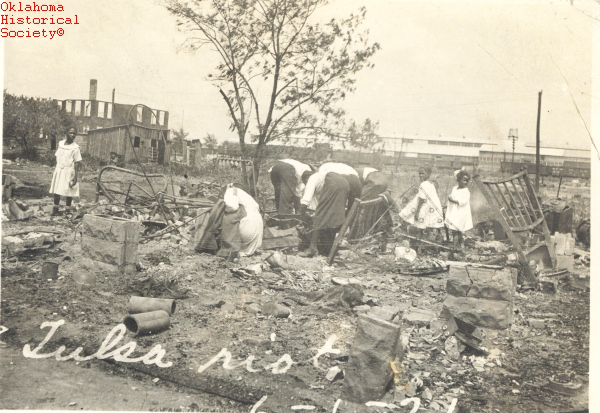




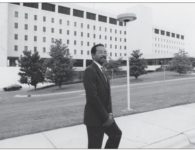

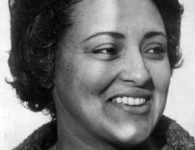
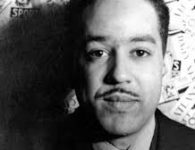
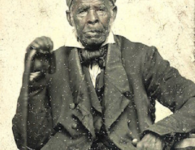

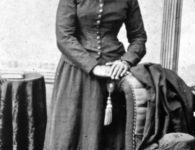
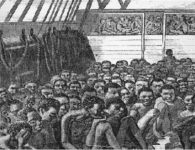

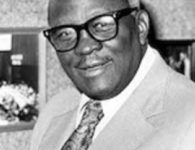
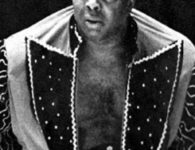

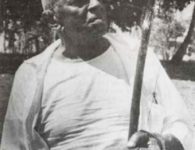

2 Comments
Interesting blog post. Some tips i would like to bring about is that laptop or computer memory ought to be purchased if the computer cannot cope with that which you do by using it. One can deploy two good old ram boards of 1GB each, as an example, but not one of 1GB and one having 2GB. One should make sure the maker’s documentation for one’s PC to ensure what type of storage is necessary.
Has anyone discovered PunchFlix it is really an spectacular business. They really are getting ready to raise $50 million dollars as part of their pre IPO. Experts say this really is a huge opportunity for sophisticated mainly because they’ve got the potential to be the next Netflix. However look over their site and maybe even try a member subscription. The ecstasy in the business world is all about PunchFlix. The development of PunchFlix has triggered the curiosity of patrons expecting the app of this phenomenal digital streaming motion picture and television platform. PunchFlix is projecting 1 massive amount of consumers streamingmovie on platform. They really are selling a limited amount of stock, so at least see for yourself.